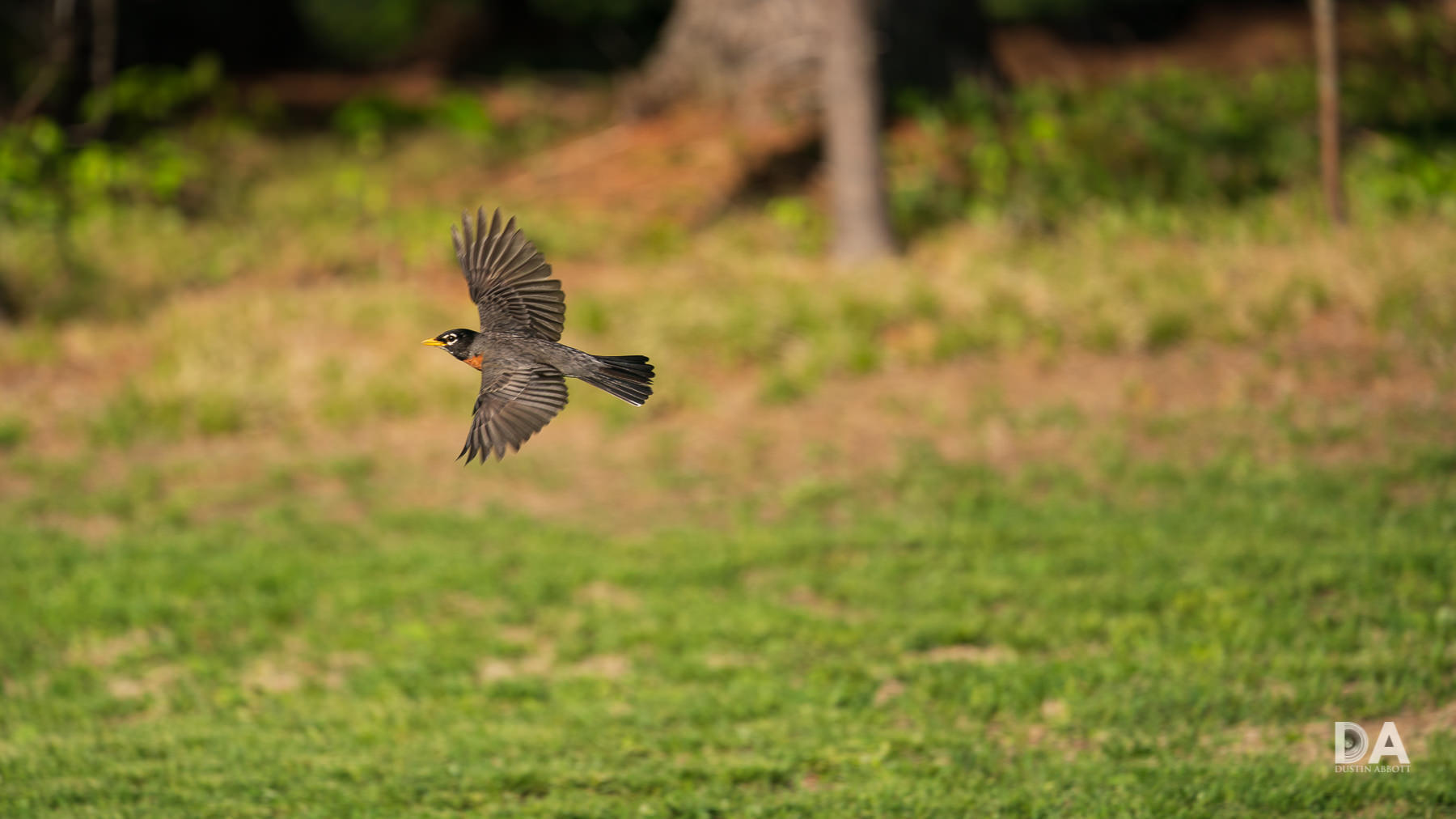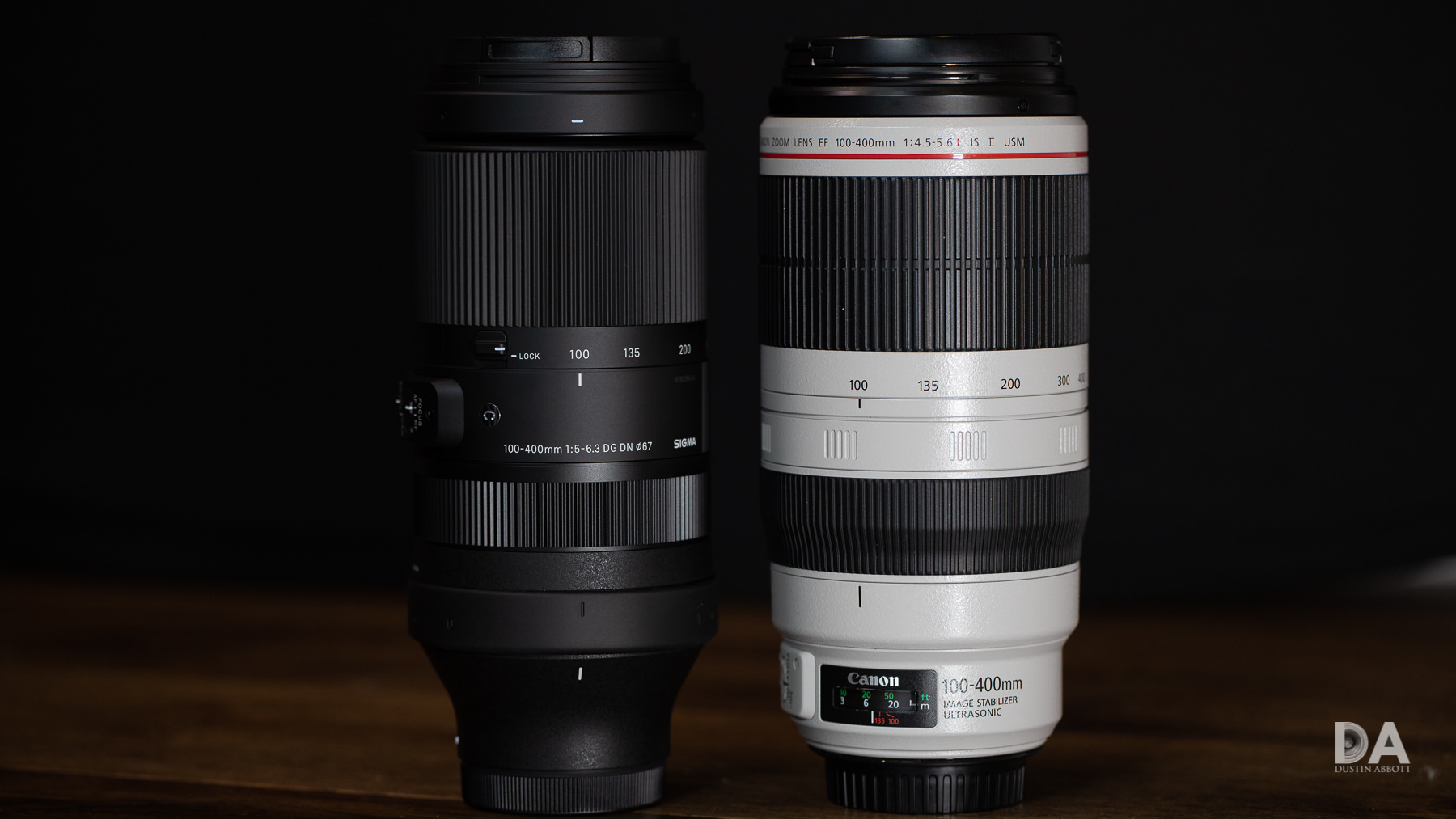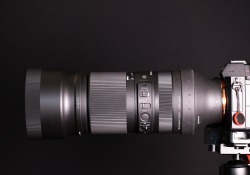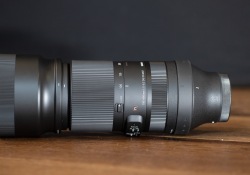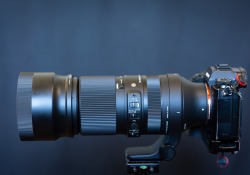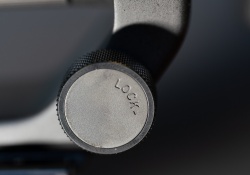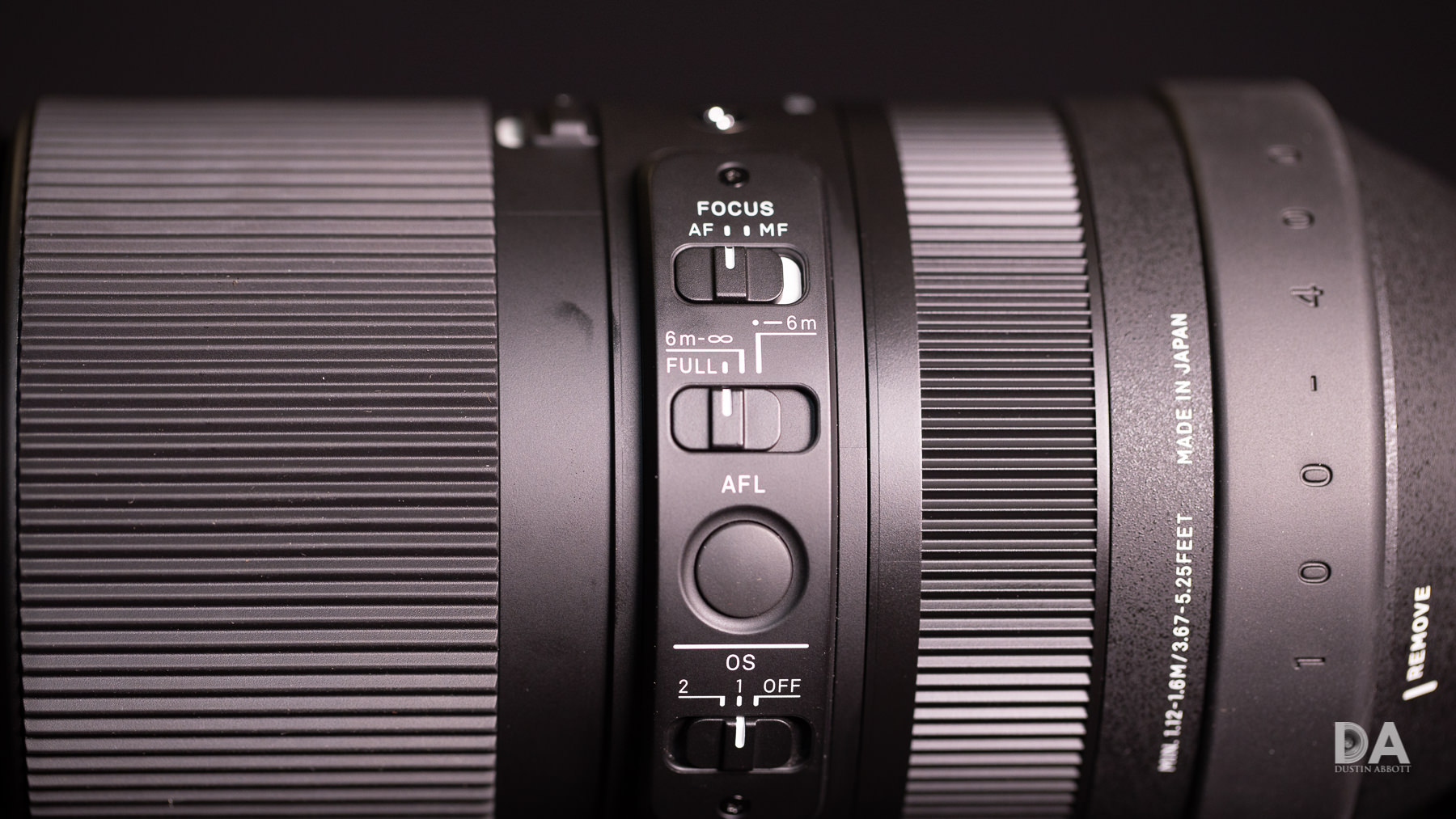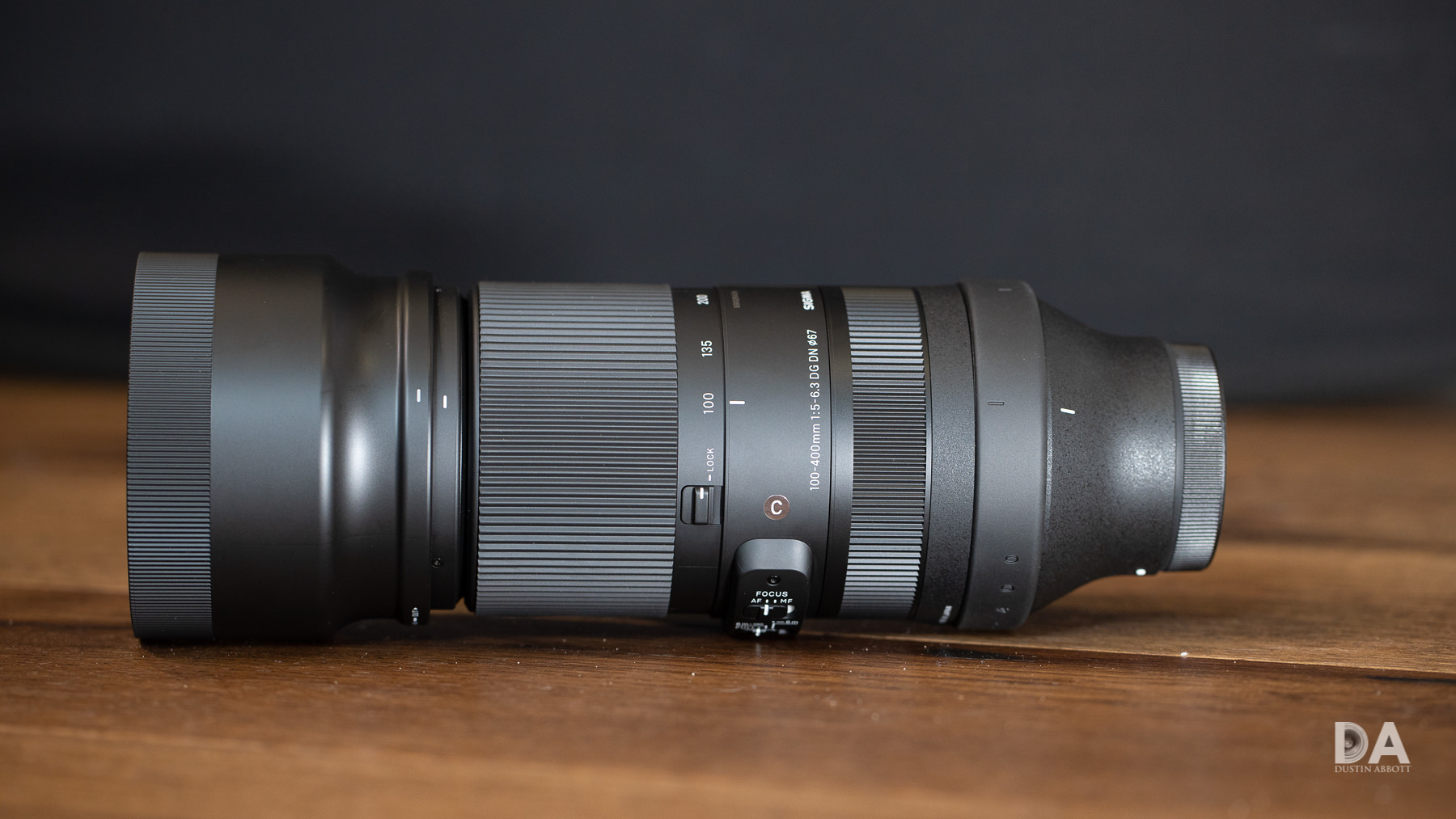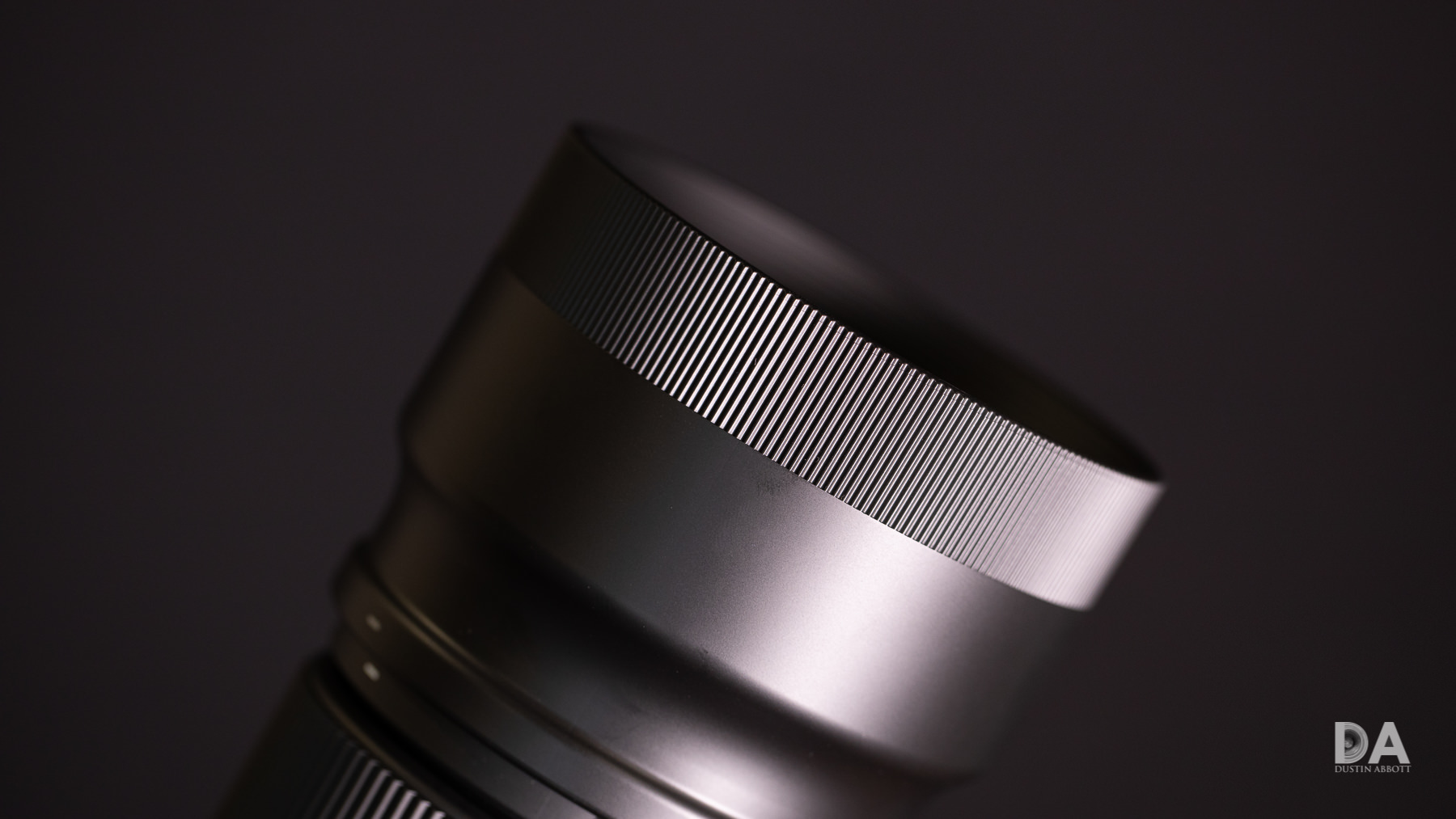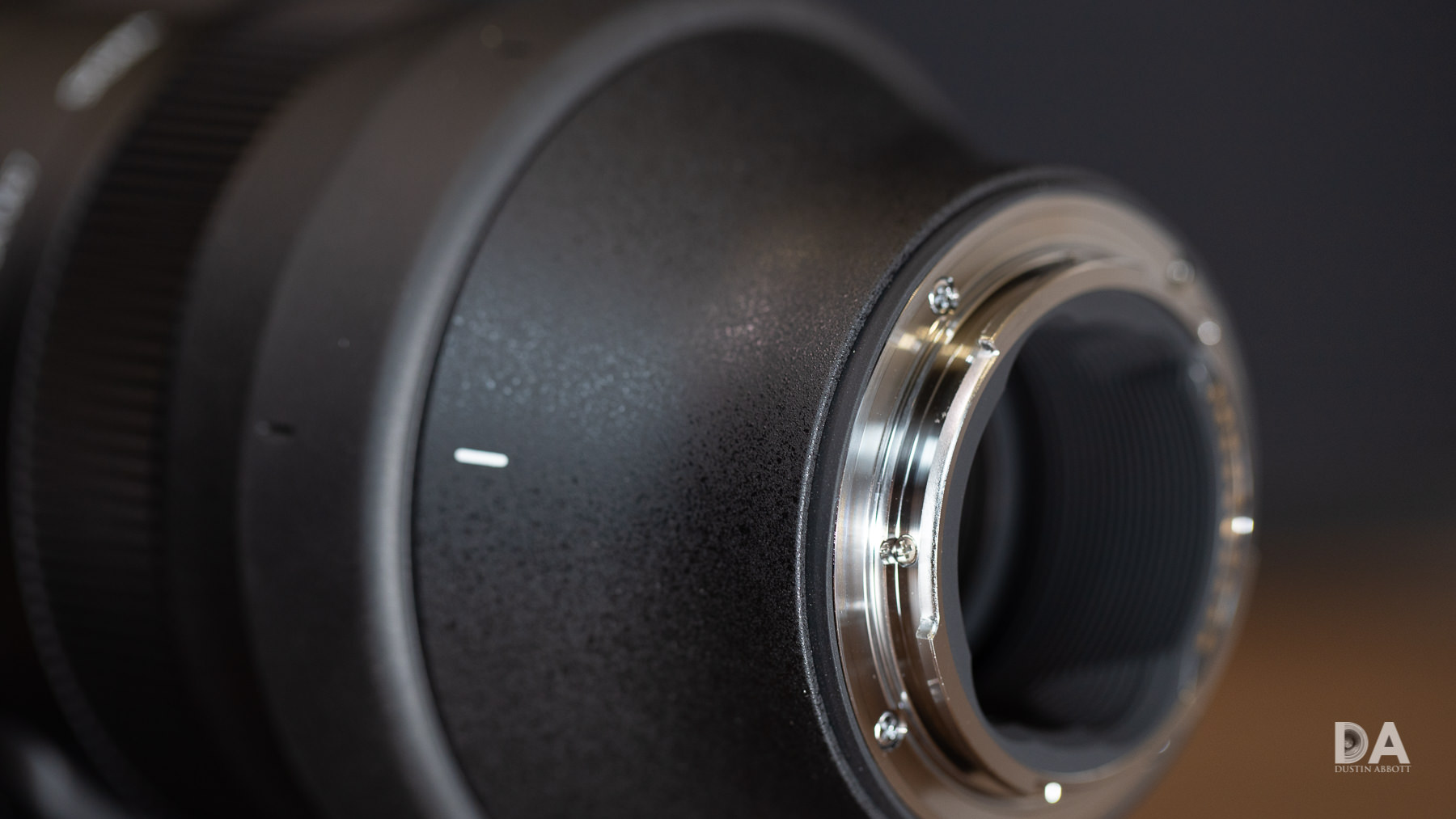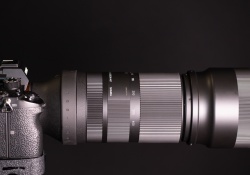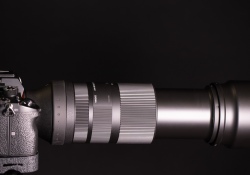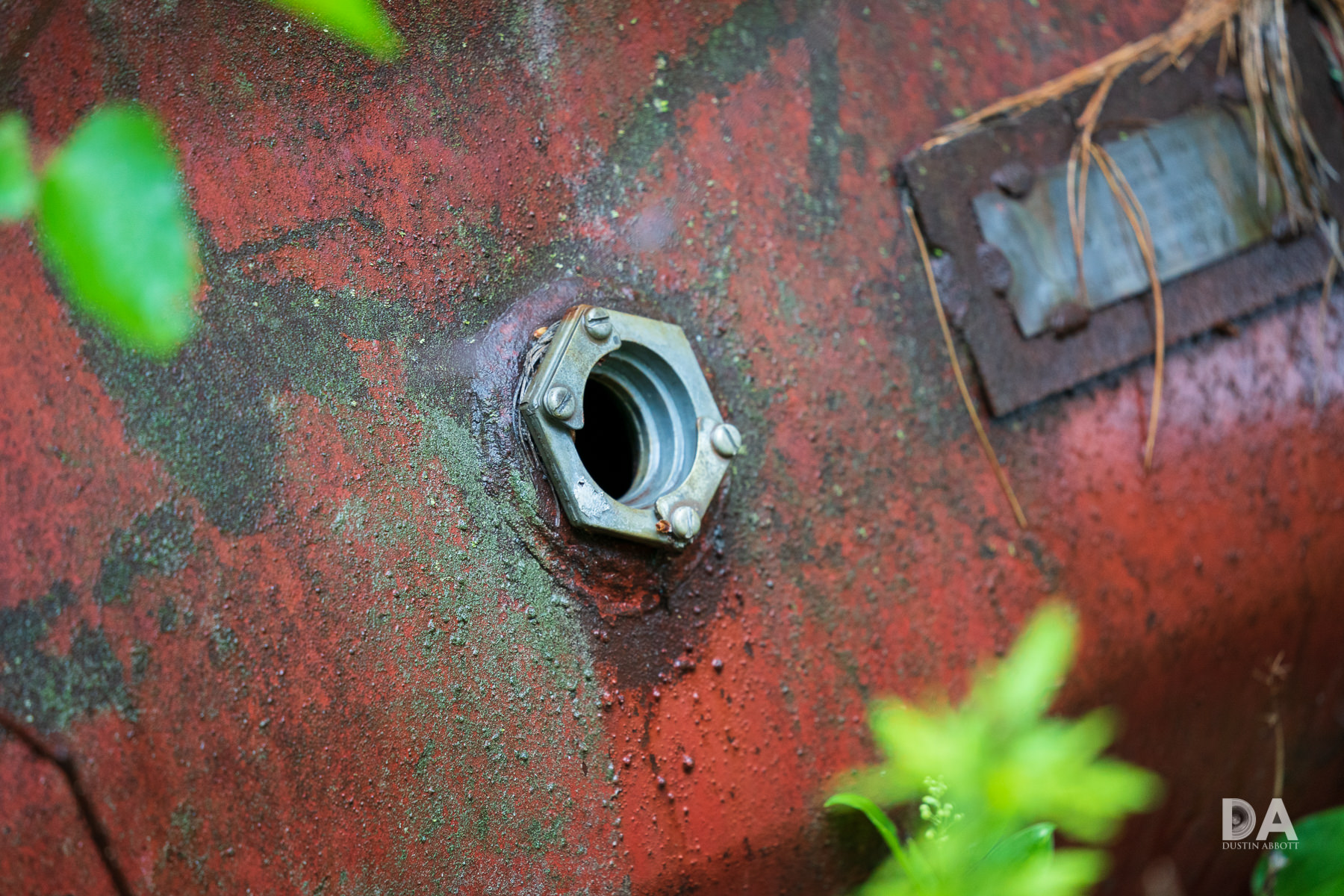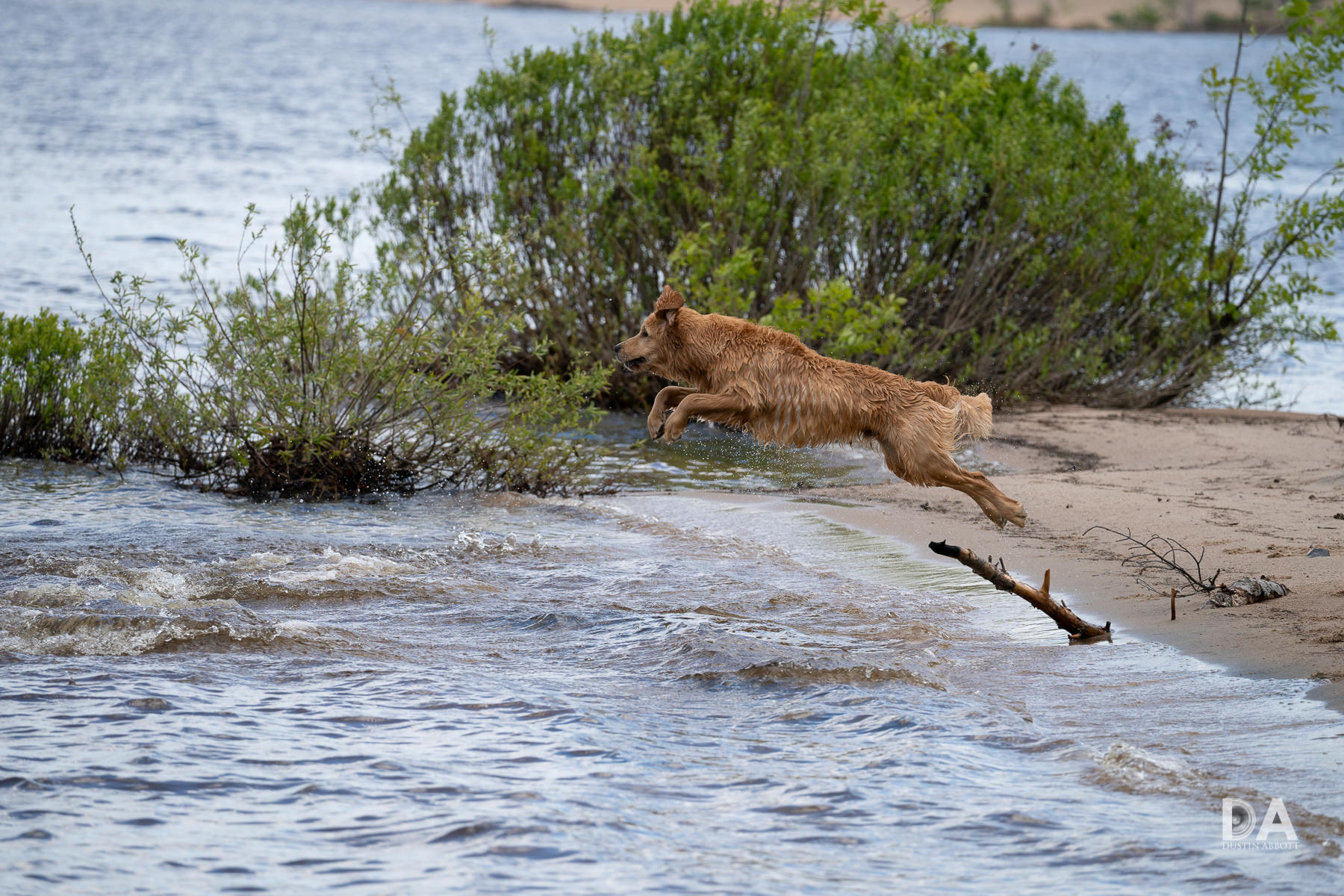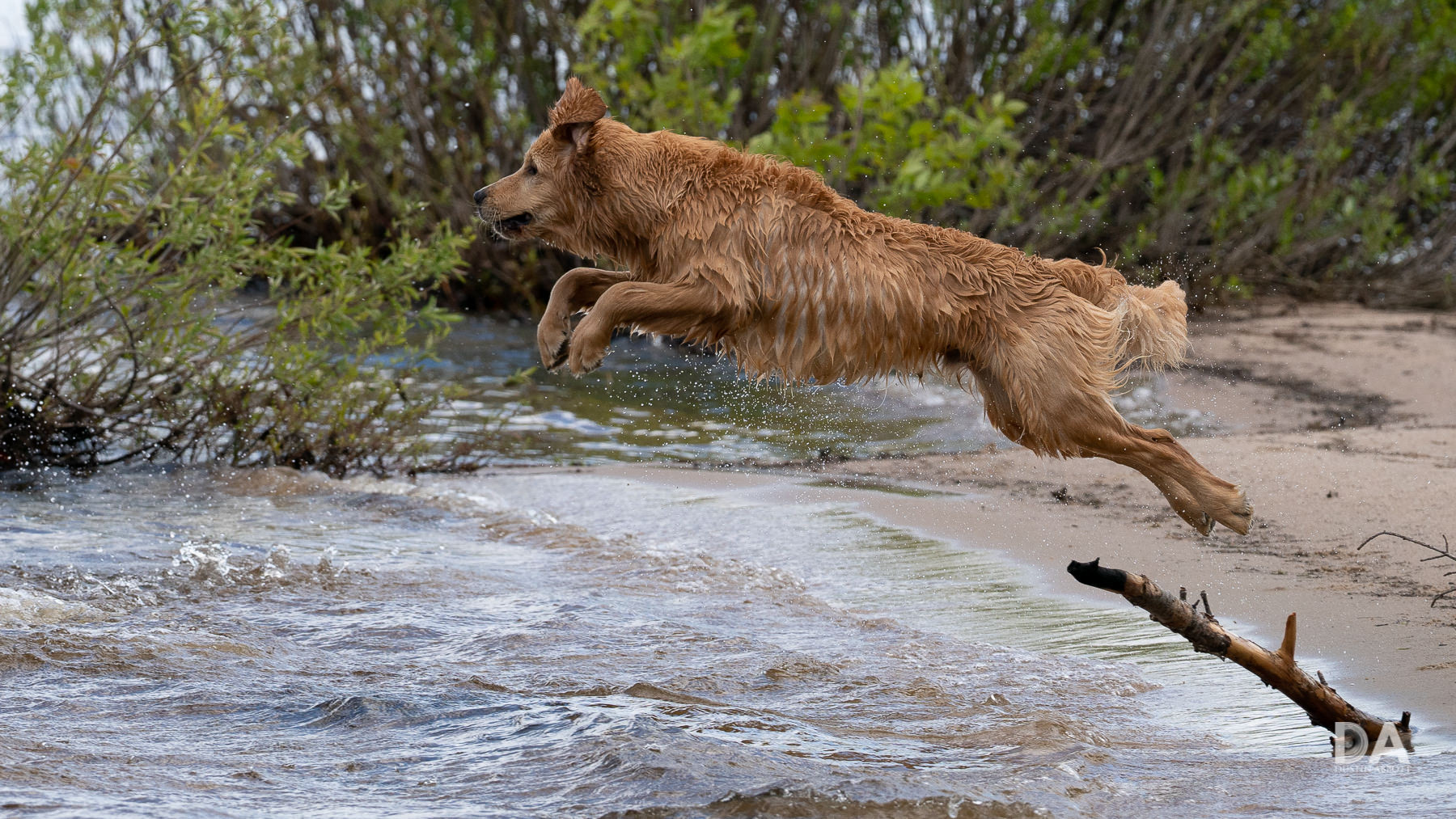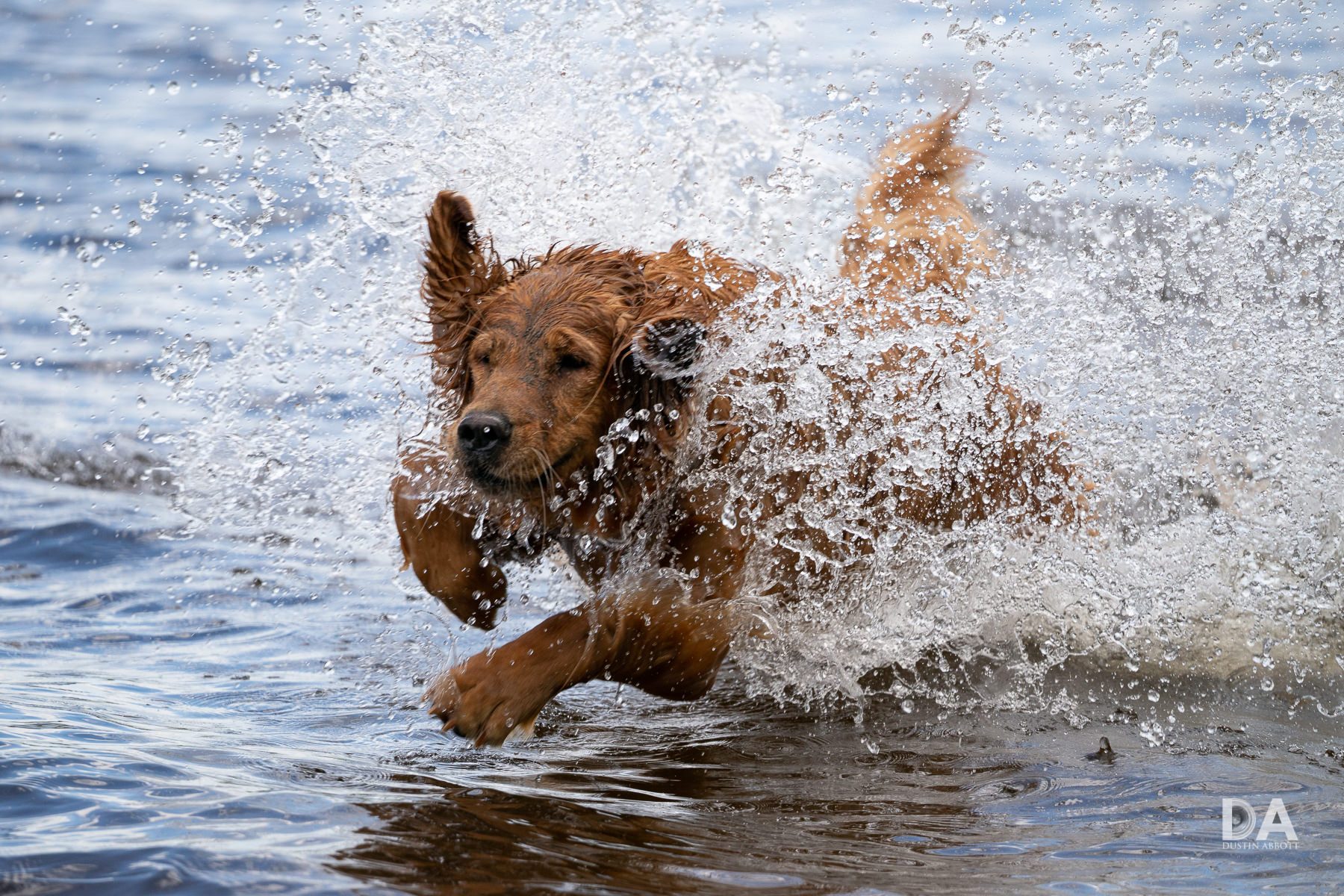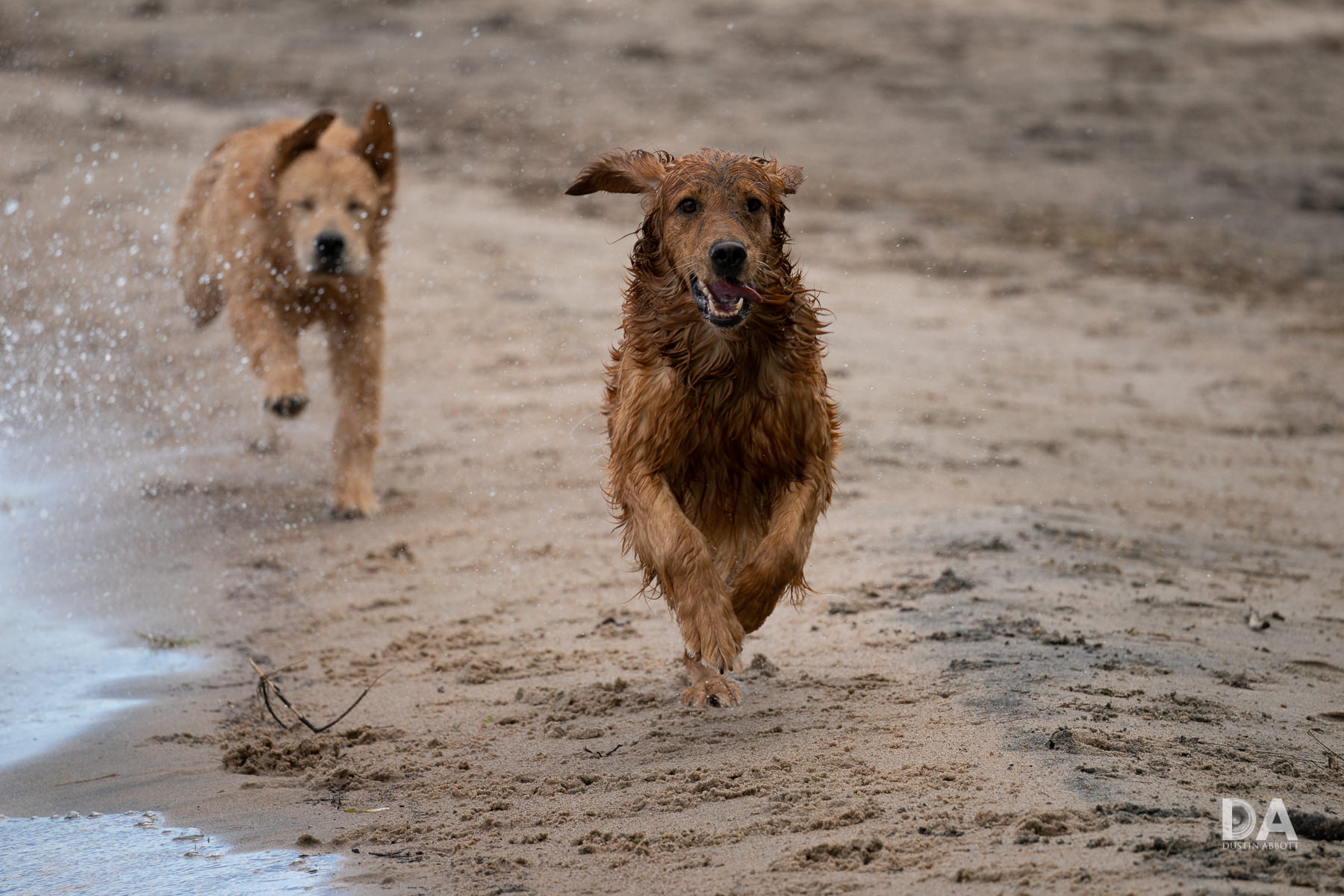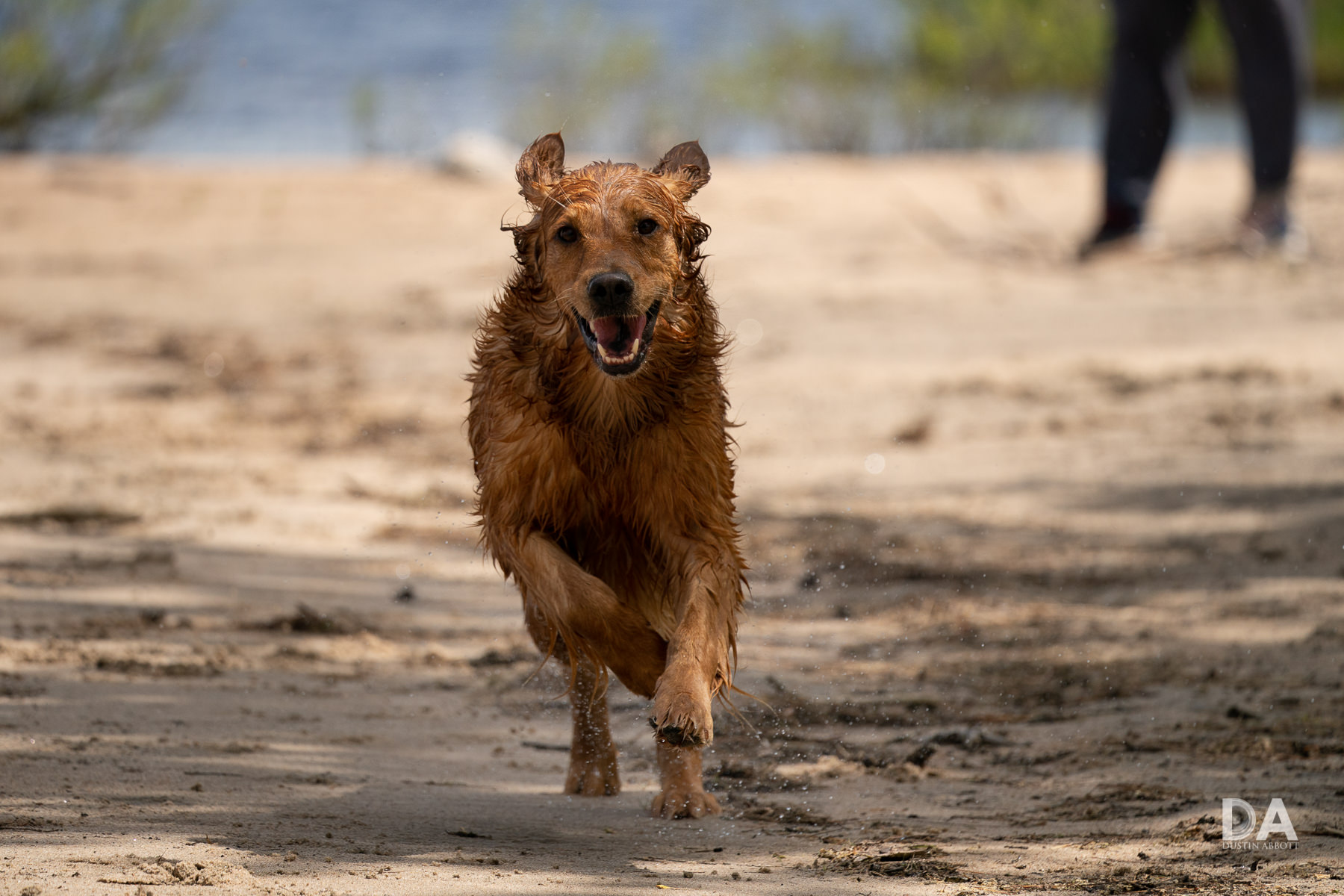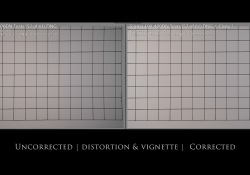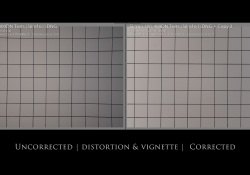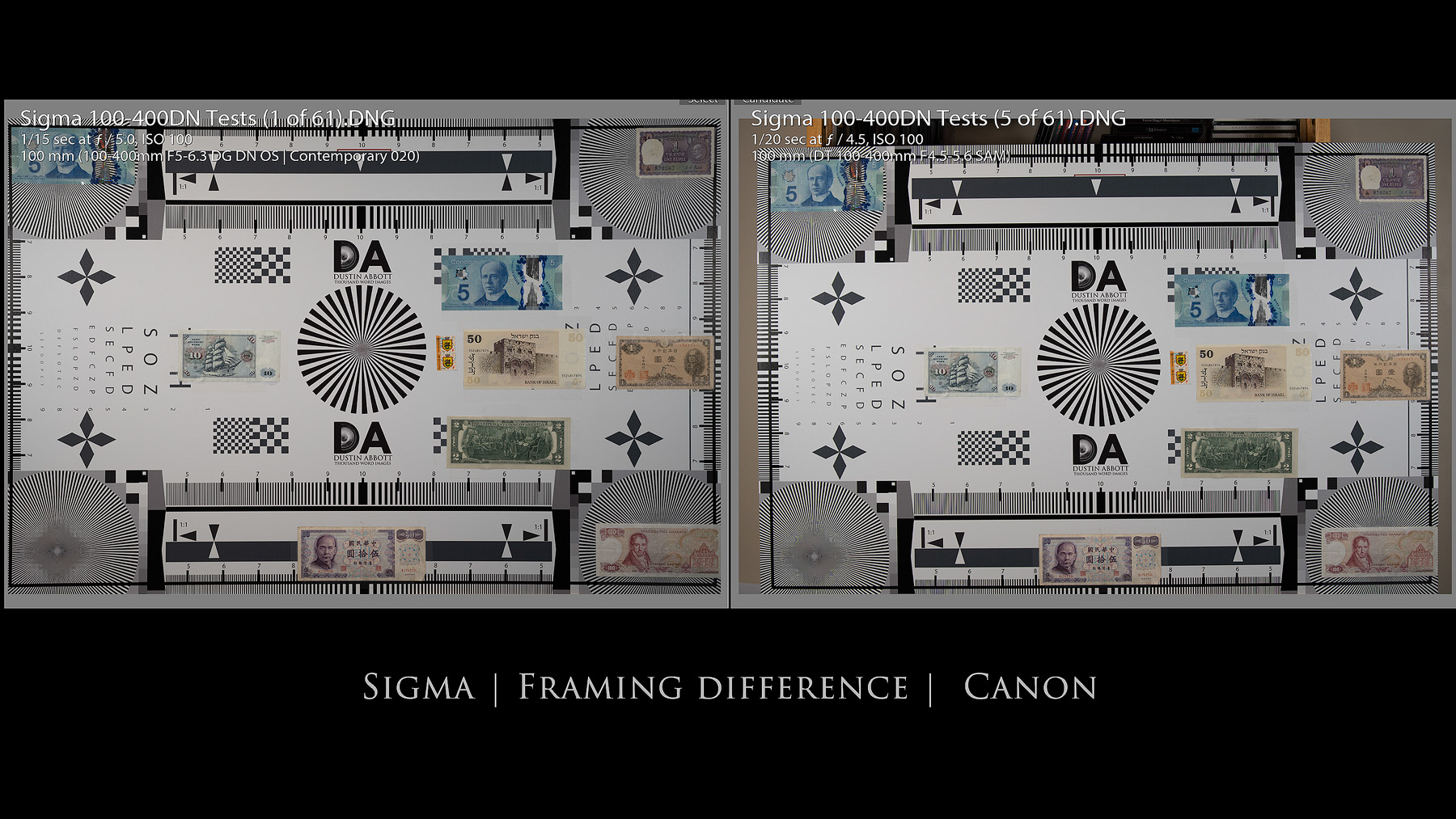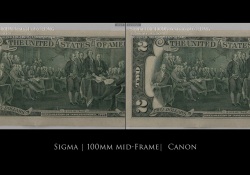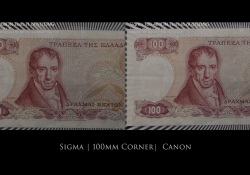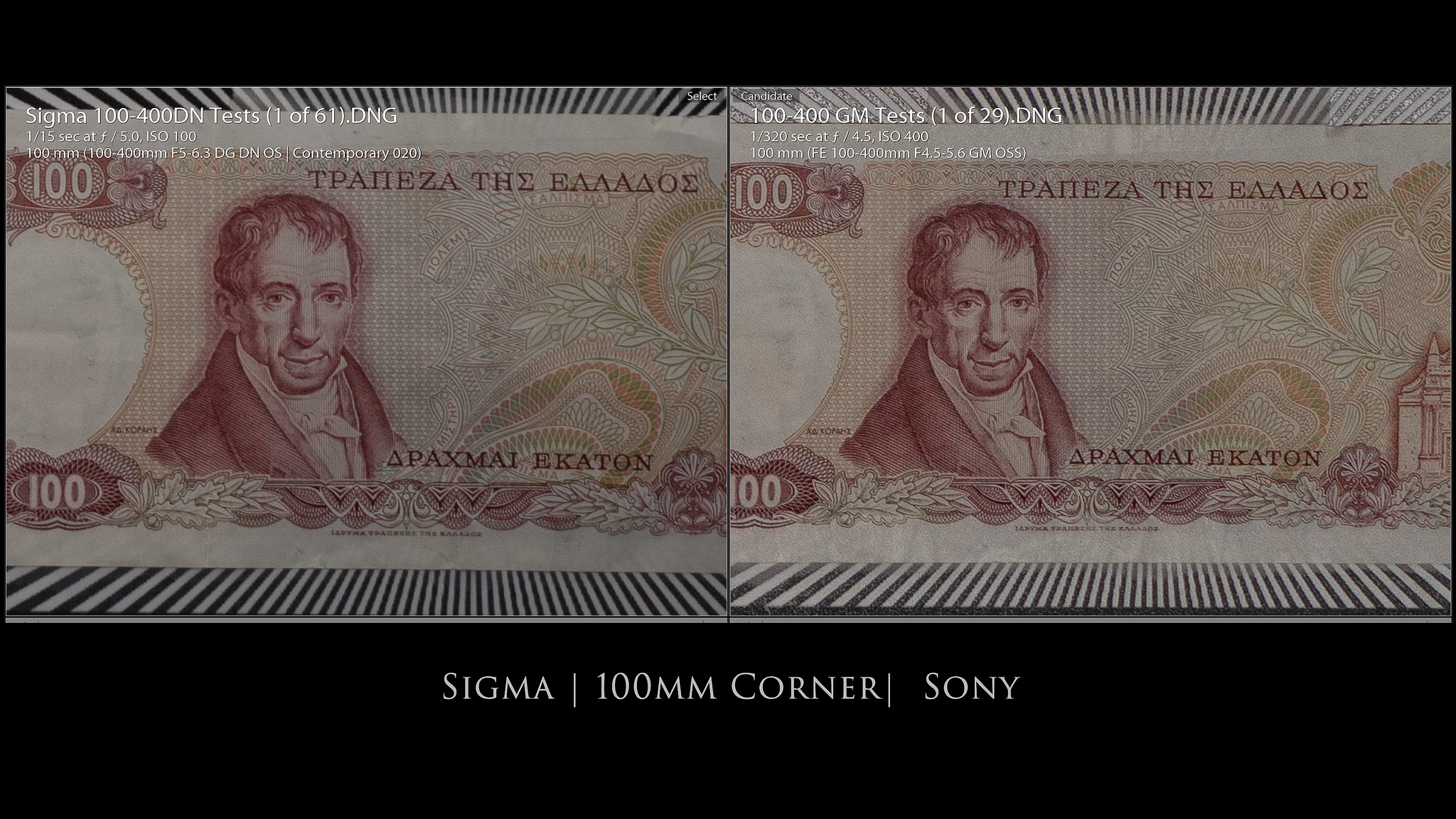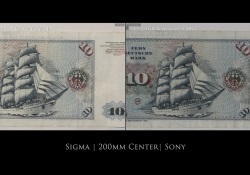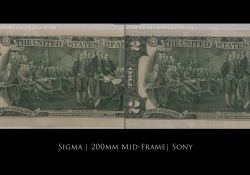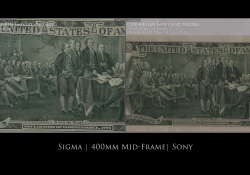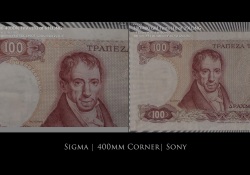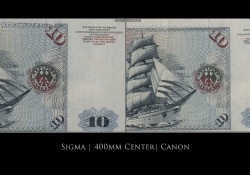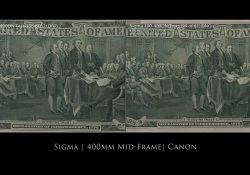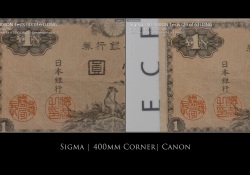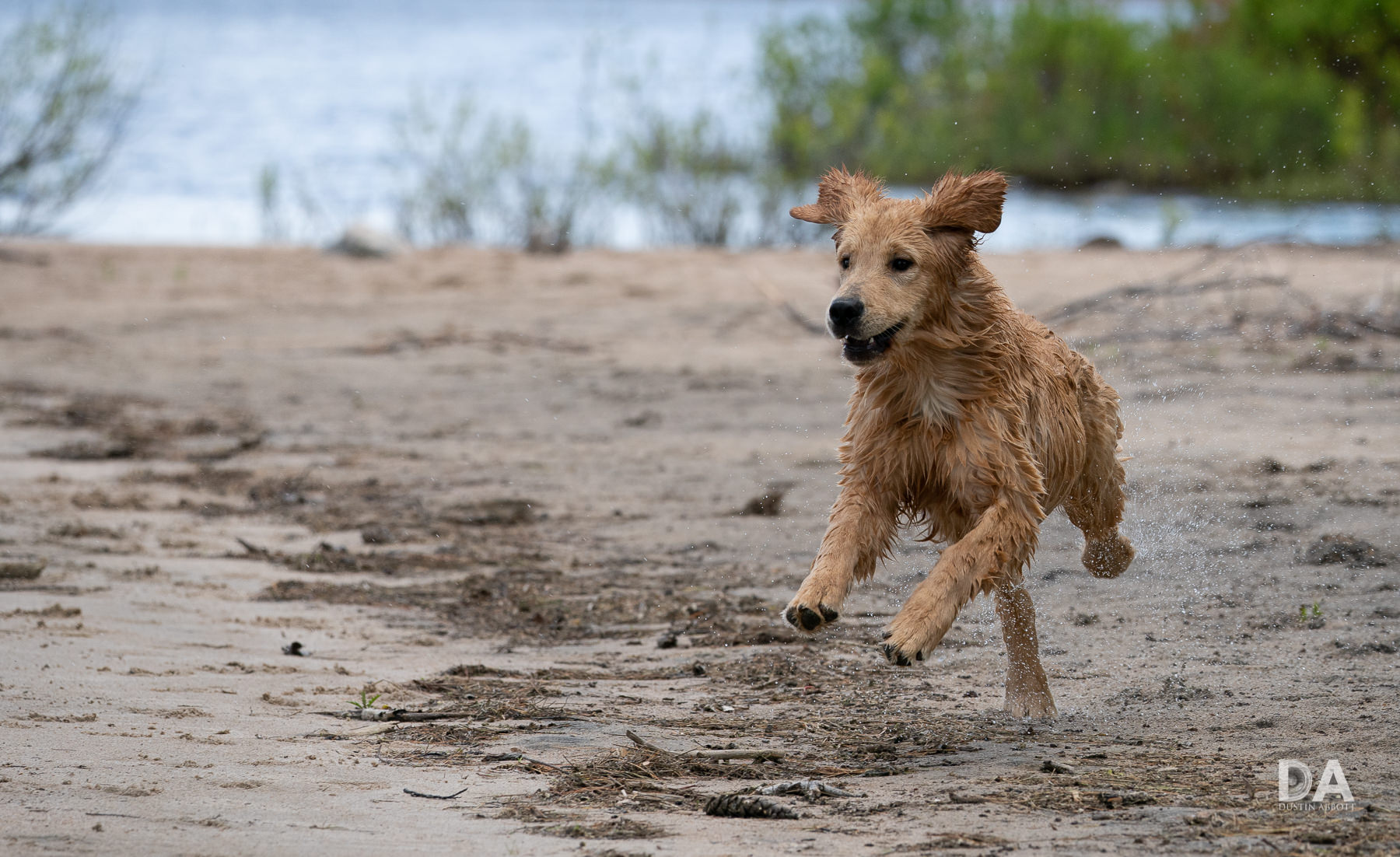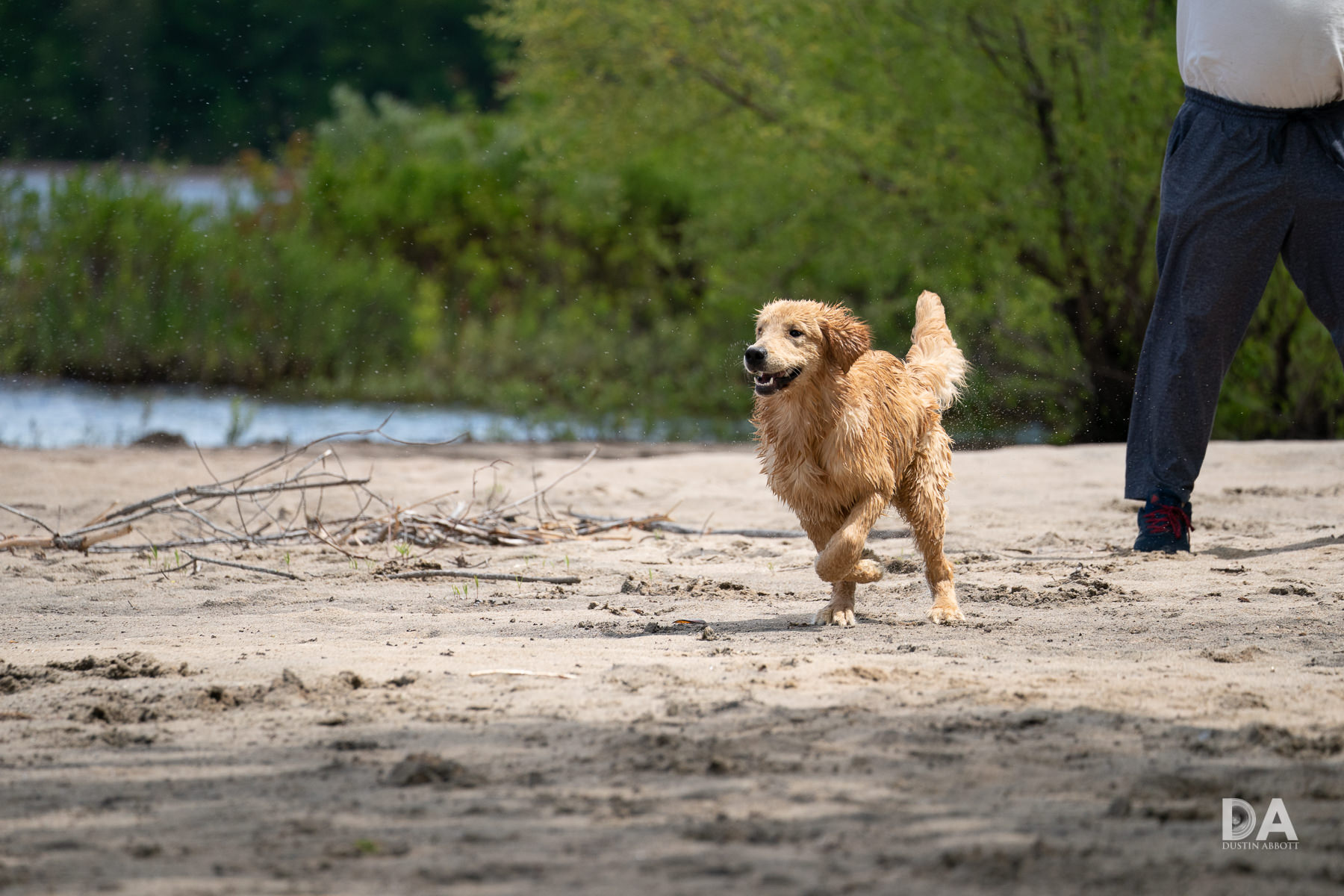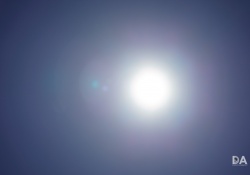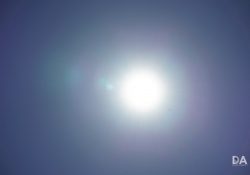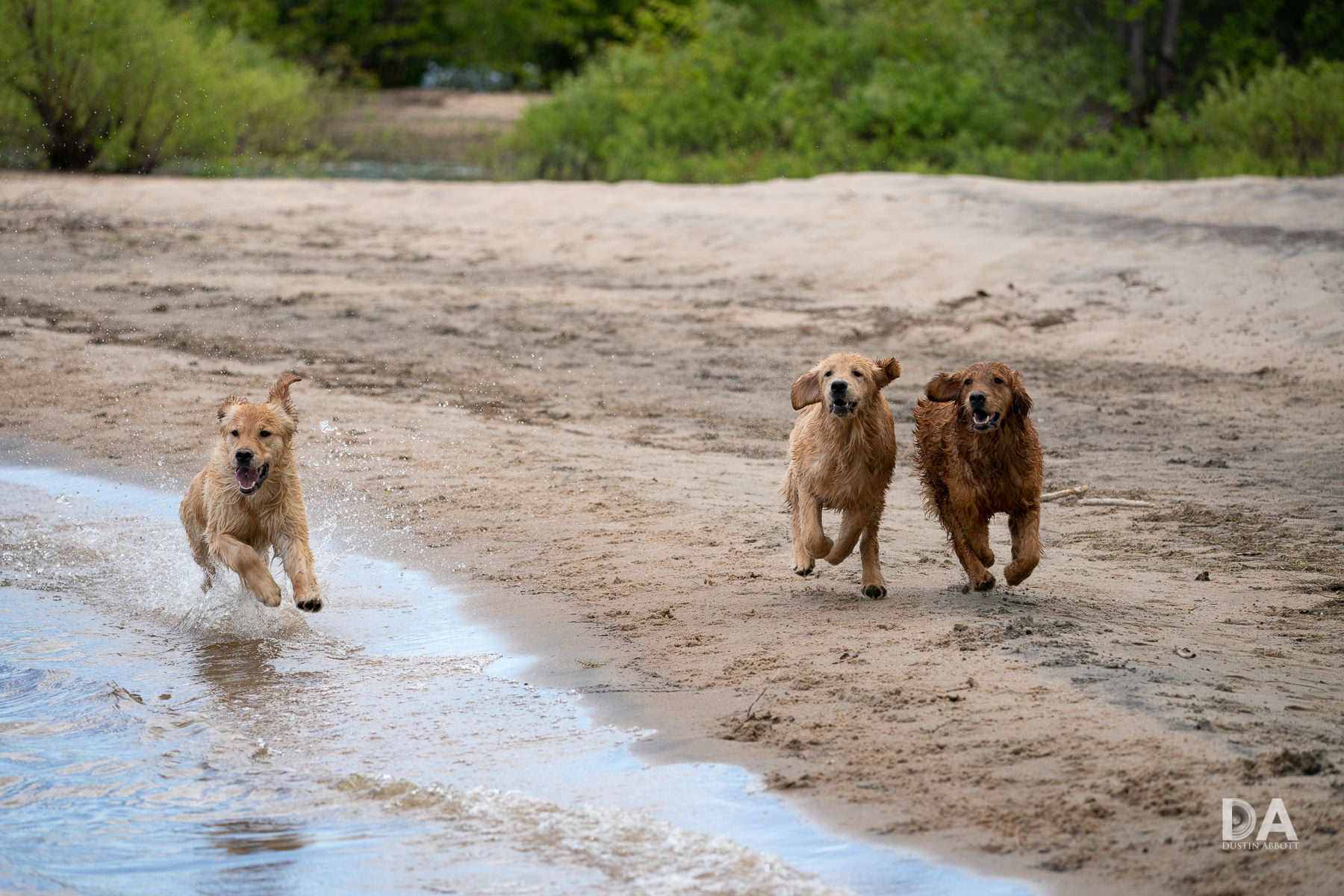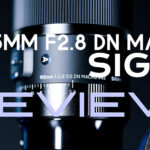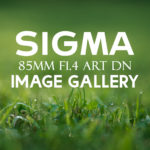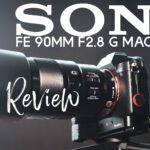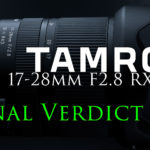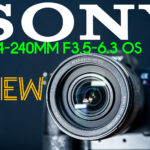A lot of people will be very excited upon the announcement of this newest Sigma lens – the Sigma 100-400mm F5-6.3 DN OS for Sony FE (full frame mirrorless). The 100-400mm zoom range is one of the most popular for those who want some serious reach for birding, wildlife, or sports, but who aren’t interested in the massive trade-offs that come with larger lenses like the Sony FE 200-600mm F5-6.3G OSS (my review here). While the Sony FE 100-400mm G Master lens is an excellent lens (my review here), it is also very expensive and thus out of the range of many photographers. The Sigma 100-400 DN (as we’ll call it for brevity) comes to market at nearly a third of the price (though you’ll have to buy the tripod collar separately if you want one) while providing most of the features and performance of the more expensive lens.
Several years ago (2017) I reviewed the Sigma 100-400mm F5-6.3 OS for Canon DSLR. I gave the lens high marks for its optical performance while being less impressed with the speed of its focus and ability to effectively track action. I also critiqued the fact that it wasn’t designed with a natural place to mount a tripod collar…something that many wildlife or birding photographers consider a must. Fortunately Sigma has learned some lessons along the way, and the 100-400 DN builds on the strengths of the DSLR lens while vastly improving its weaknesses, leaving us with a very competitive lens that has plenty of speed for tracking action like birds in flight.
What’s equally important is that the Sigma has retained the beautiful image quality of the previous lens and is particularly strong at arguably the most important place in the focal range…400mm.
My hope is that this review will help you get a clear picture as to whether or not the Sigma 100-400 DN is the telephoto addition you’ve been looking for. If you prefer to watch your reviews, I’ve got both a standard length and definitive (long format) video review available. Just click the appropriate thumbnail below.
Thanks to Sigma Japan and Sigma Canada for providing me with a pre-production loaner of the lens for evaluation. Their willingness to trust me with an early copy of the lens means that you get a thorough review right out of the box. I’ve been assured that performance is representative of retail copy performance. I’ve reviewed the Sigma 100-400mm F5-6.3 DN OS on my Sony a7RIII and Sony a9 bodies.
Follow Me @ Patreon | My Newsletter | Instagram | Facebook | Twitter | Flickr | 500px
Sigma 100-400 DN Build and Handling
Part of what makes a 100-400mm lens popular is that they tend to be relatively compact when compared to a 150-600mm or 200-600mm type lens. It’s not usual for these type of lenses to weigh over 2kg, but the 100-400DN compares in at a relatively svelte 1135g (40oz), close to half that. This is without the tripod collar, obviously, which will add another 123g. The direct competitor here is the Sony 100-400 GM lens, and it weighs in at about 1400g. Unlike the Sigma, however, only the tripod foot is removable on the Sony, so there’s definitively more potential to travel light with the 100-400 DN. I didn’t have the Sony GM on hand to compare physically with, but I do own the Canon 100-400L II (a lens that is actually 12mm shorter than the Sony and equal in diameter), and you can get a sense of the physical differences here.
You can see that the Sigma looks more svelte, and that comes from being a bit shorter (197 vs 205mm on the Sony) and is slimmer in diameter (86 vs 94mm). The other obvious physical difference is that the Sigma has a black finish while the Canon/Sony options are finished in a shade of white. Some people don’t really care one way or the other, but I have heard that many prefer the black finish so as to draw less attention to their gear.
The 100-400 DN is a very nicely made lens, using a mixture of premium materials, including a brass lens mount, magnesium alloy in the first section of the lens, and then engineered plastics over a metal frame. My impression was that while the lens isn’t quite as well made as the GM, it is definitely a cut above the more plasticky feel of the Sigma or Tamron 100-400mm lenses for DSLRs. It’s a good looking lens that feels very sturdy and well made.
As noted already, the lens does not ship with a tripod collar (many people do not use one on a lens like this). It comes with a rubber sleeve that covers the screws where the tripod collar attaches. It has 100-400 stamped on there and makes for a cleaner finish when no tripod collar is attached.
The optional tripod collar is the TS-11, which was actually already on the market for the Sigma 105mm F1.4 ART as a replacement part (the 105mm ships with the collar included). The upside here is that if you happen to own the 105mm you can actually share the collar between the two lenses. The tripod foot is nicely made, and, unlike the Sony tripod foot, it is ARCA compatible (meaning you can attach it right onto most tripods without the need for a quick release plate. You can freely rotate and lock it in any position.
Using the tripod collar and foot makes a significant difference when using the lens on a tripod. While the lens is on the lighter side of its class, it is still too heavy to easy balance on a tripod.
The 100-400 DN does come with a full set of features. There are four switches and buttons on the side, including an AF/MF switch, a 3 position focus limiter (FULL | 6M to Infinity | Minimum to 5M), a Focus Hold button that can be programmed with a variety of functions, and a three position switch for the OS (Mode 1 [Standard] | Mode 2 [Panning] | OFF). The only difference from the GM lens is that the Sony has the focus hold button in three cardinal positions so that one falls easily to hand in different orientations.
Another difference is that the Sigma has a typical zoom lock switch which locks only at the 100mm position, while the Sony utilizes the tension ring like the Canon 100-400LII lens that can be used to lock the lens at any position.
Another minor difference is with the lens hood. The GM lens features a little window in the hood to allow one to rotate a circular polarizer without reaching down into the hood. The Sigma lacks this features, though it does have a relatively small 67mm front filter thread and a nice flare in the lens hood at that point which allows one to reach in to rotate a C-PL fairly easily. The lens hood also has a textured portion near the front for one to grasp as the 100-400 DN is designed to function as either a typical “twist” zoom or a “push-pull” design where one simply grasps the front of the lens hood and pushes or pulls the lens to the desired focal length. This is good news, as it will satisfy both crowds.
We have got a surprisingly thick rubber gasket at the lens mount; definitely more robust than the typical Sony offering. Sigma’s language does not specify other seal points in the lens itself, so that is likely another area where the GM lens is a little more robust.
There’s another interesting observation at the rear of the lens, and that is that there is definitely room for a teleconverter to be mounted.
In fact, Sigma is in the process of releasing both a 1.4x (TC-1411) and 2.0x (TC-2011) teleconverter…but there’s a catch. These are only being released for Leica L-mount at the moment, so there is no mention of a Sony counterpart. While I don’t have a Sony 1.4x TC on hand, one of my contacts in the industry has promised to test this combination and I will update the review if it does in fact work. At the least, I do think there is room for Sigma to release TCs for Sony, and I’m almost certain the lens will be compatible with TCs when they arrive.
The 100-400 DN sports a useful magnification figure at 400mm of 1:4.1 (0.24x), though this falls well short of the GM’s impressive 0.35x magnification. Minimum focus distance is 1.6m (5.25ft). Here’s what that looks like:
So, while this lens isn’t as effective as a “long range macro” as the GM lens, there’s an argument to be made in favor of the Sigma – it actually has better image quality at 400mm, which means that close-up performance is really quite good. One could add an extension tube (and, potentially, a teleconverter) in the future to allow for closer focus and higher magnification. One thing is clear: at minimum focus distance your backgrounds will completely blur out beautifully. Here’s some examples:
One area that Sigma has frequently been at the rear of the pack is when it comes to maximum aperture in their variable aperture zooms. The lenses don’t hold the larger maximum apertures in the zoom range very long…and that remains true here. I complained about the Sony GM lens in my review, “the Sony is already reaches its smallest maximum aperture of F5.6 very quickly. The Sony goes from F4.5 to F5 by 115mm, and reaches the smallest maximum aperture of F5.6 by a paltry 162mm. The Canon, by contrast, doesn’t hit F5.6 until 312mm!!” The 100-400 DN is worse still, as, while it starts at F5 at 100mm, it reaches F5.6 by 113mm! It fortunately holds F5.6 much longer and doesn’t hit the smallest maximum aperture of F6.3 until 235mm. F6.3 is only one-third stop darker than F5.6, but either way lenses like these are a bit less useful in poor lighting conditions as you will really have to crank your ISO. Getting faster maximum apertures at longer focal lengths often means spending a LOT more money and having a MUCH larger, heavier lens. By the way, this follows the pattern established by the 2017 DSLR version of this lens almost exactly.
The lens barrel will extend out a fair bit when zoomed to the telephoto end of the zoom range…which is typical for such a lens. You’ll note from my second photo why having a tripod collar is valuable when putting the lens on a tripod and zooming it out – there’s some sag even on my high end Robus RC-8860 tripod.
The 100-400 DN does come with Sigma’s OS (Optical Stabilizer), so it does not have to rely on Sony’s IBIS to stabilize the image. The OS in the lens is rated at 4 stops of assistance, and it seems to be effective for stabilizing in either stills or video applications. As always, it is worth pointing out that no stabilizing system stops the movement of subjects, so if you are photographing living things, it is always wise to keep your shutter speed up. If you have a very still subject, however, it is possible to get well-stabilized images at lower shutter speeds. Here’s a real world shot at 1/40th second and 400mm (about 3 1/3rds stop of assistance):
Here’s another real world shot at 100mm and 1/10th second shutter speed (I see no signs of motion blur here).
I show you real world results because these are actual instances while shooting in AV mode where the shutter speed dropped lower than what I would prefer and the stabilization saved the image. That’s the true value of a stabilizer for stills.
There is a Mode 2 for panning, and, when tracking action, I work to keep the shutter speed up. The stabilizer did its job by staying out the way on one axis and allowing me to smoothly track the action while providing me some stability at capture…helping me get this brilliant shot.
A closer look shows great detail and frozen action…just what we want with a lens like this.
Finally, Sigma has used their “Contemporary” designation with this lens like the DSLR version before it. I’ve said and will continue to say that the term “Contemporary” is the most useless descriptor out there, as it is essentially meaningless. Every new lens is “contemporary”, and there will come a point after time passes that none of these lenses are “contemporary”. The word can also apply to design, but the design language is basically the exact same as “ART” and even “SPORT”. What Sigma really means is “consumer grade” or “not premium”. but neither of those market very well. In this case, however, the build and design of the lens is pretty much just right. It’s reasonably compact and light while feeling fairly tough, handles nicely, and will present a tremendous value to many photographers on both Sony and Leica that want a reasonably priced, high performing telephoto lens. It is perhaps the nicest made “C” lens that I’ve used from Sigma thus far.
Sigma 100-400mm DN Autofocus Performance
When I reviewed the DSLR version of this lens back in 2017, I drew this conclusion at the end of my examination of the autofocus performance, “Bottom line is that the combination of a relatively slow maximum aperture and an autofocus system that isn’t top shelf (at least in terms of speed) is perhaps the only place where the budget origins of this lens are betrayed and could be a limiting factor for someone who is serious about moving wildlife or sports.” This was the area that I hoped most for improvement on this new lens, as Sigma’s autofocus motors on mirrorless have largely been very good.
Sigma has utilized a stepping motor on this lens for smooth, fast, and quiet operation. The focus motor is extremely quiet and is only audible with your ear pressed against the barrel. It is quiet enough that the on-board mic does not pick up any focus sounds during video focus or when doing focus pulls. Good news there.
The focus motor is also nicely smooth when doing focus pulls.
Focus speed in AF-C mode is nice and fast, with typical focus changes being near instant. One can get even better speed by utilizing the focus limiter where appropriate. I was very pleased to be able to effectively track a robin taking off and in flight against a fairly busy background and even when some foreground objects interfered with the flight path.
When I tested the original Sigma 100-400mm, I was disappointed in its tracking abilities on either my Canon 5D Mark IV or 80D cameras. I tried to follow the path of a dog chasing a ball and running towards the camera and had very low success even though my Canon 100-400L II was able to perform the same task in the same conditions with near perfect results. I was delighted to see much better results when pairing the new 100-400 DN with my Sony a9 camera.
First of all, let’s comment on framerate with the Sigma attached. I got around 15 FPS on my a9, which is about average for my real world results. In theory one can get up to 20 FPS on the a9, but the fastest I’ve actually seen even with a Sony lens attached is 17FPS, so I’m not really seeing a significant real world difference. More important to me is that I got nearly 15FPS in the way I actually want to use my a9 – shooting both uncompressed RAWs and Very Fine JPEGs.
Secondly, I want to offer a few caveats about the real world shooting environment for my tracking tests. The nature of tracking tests is that they aren’t strictly scientific, as there are a lot of uncontrolled variables in real world conditions. In this case, the biggest difference is that I tested the Sony 100-400 GM and 200-600G in winter conditions with the dogs running through snow. The reflection of light from underneath (snow) more evenly illuminates their faces, and the fact that in this case the dogs were running through water and swimming at times means that their fur was wet and darker, resulting in less contrast between their fur and eyes for the tracking system to detect. In my opinion this makes the environment a little more challenging than when I tested the Sony lenses, so I do want to keep that in mind. I want to thank JenGar Goldens for bringing me out with some of their beautiful dogs to track the action.
Despite these factors, however, I was generally pleased with the tracking ability of the 100-400 DN even if I didn’t feel like rate of perfectly focused results wasn’t quite as high. In one burst of around 40 images tracking high speed action heading mostly right towards the camera, I had about 28-30 perfectly focused results, 5-7 acceptably focused results (the line between these two groups can be a little hazy), and five that weren’t well focused. The latter group were typically due to a few “swings” where the focus either backfocused or front focused for one reason or another. The upside is that through my many series (you can see these bursts in the video reviews) the focus would always correct back in the series rather than getting stuck out of focus somewhere. This sequence was fairly representative of what I saw overall.
I suspect the Sony lenses would have had a few more keepers in this scenario despite the conditions, but at the same time there’s no question that the Sigma 100-400 DN is far more competitive this time around. It was capable of getting me many well focused action shots.
If you are doing professional, critical work, you might want to spring for the GM lens, but I think that most photographers will be very pleased with the focus speed and precision of the 100-400 DN and will be very happy with the results they get from it.
There’s also the reality that your performance will depend on the quality of your camera body…and that $1500 difference between the two lenses could go towards a camera upgrade!
Sigma has also shown in times past that they will work to continue to refine autofocus performance via firmware upgrade (which in the case of Sony will come by running updates through the camera body like you would with a Sony lens), so there’s a possibility that we might see even better performance down the road. There’s plenty of focus speed on tap, so I think the ingredients are there for even better results. Overall, however, I’m pleased with the autofocus performance. It supports all the various Sony focus modes, including Eye AF for people and animals. This is great progress!
Sigma 100-400 DN Image Quality
The Sigma 100-400 DN has a moderately complex optical formula with 22 elements in 16 groups. This includes one FLD element (a low dispersion glass) and four SLD (special low dispersion element) to help with aberrations and distortion. But what kind of performance do those fancy elements give us?
A pretty nice one, as it turns out.
The Sigma follows a familiar pattern for vignette and distortion for a telephoto zoom. The distortion is all of the pincushion variety, and both it and the vignette steadily increase (though in moderate amounts) throughout the zoom range. Both the distortion and vignette is strongest at 400mm, as you see below (corrected/uncorrected results at 100mm, 200mm, and 400mm shown).
In all cases the distortion and vignette presents in a linear fashion that isn’t difficult to correct. At the extreme (400mm) the distortion pattern required a -6 value to correct and the vignette was a +51 with the midpoint slid all the way to the left. The Sigma does have full support of Sony’s in camera correction profiles for JPEG and Video, and I suspect a correction profile for RAW files will soon be available in your favorite editing software soon. Nothing ugly or unexpected here, though the Sony GM definitely wins on both these counts.
Chromatic aberrations are well controlled, and you can see from my LoCA test that there is little evidence of green and purple fringing and that contrast is good.
This proved true with real world results as well, where I saw little evidence of any kind of fringing in my various shots.
So let’s take a look at the resolution results.
*A note on testing: testing lenses with longer focal lengths is a challenge, as it is best to run them indoors where you can control the lighting, but you need a LOT of room to run them. I plan to make up a second smaller test chart that will help with this for the future. In the meantime, however, my two sets of results from the Sony GM lens and the newer Sigma lens are not in identical lighting conditions. Fortunately this has minimal impact on the actual results and we can still draw some quality conclusions.
First of all, it is worth noting that when compared to the Canon 100-400L II, there’s a pretty significant difference in framing due to the fact that the Canon suffers from focus breathing that causes it to behave like less than its stated focal length at close distances.
The GM doesn’t breathe like that, so I suspect it and the Sigma will frame similarly at equal distances.
At 100mm the Canon and the Sigma are very close, with a mild advantage in the center and midframe going to the Canon and a slightly stronger advantage in the corners.
When compared to the GM, the general observations are about the same. The Sony has a small advantage across most of the frame and is probably the best of the three in the corner.
Stopping the 100-400 DN down to F5.6 makes little difference, and there is only a mild difference at F8. The Sigma is the least sharp at 100mm of the three, but not by a wide margin. It is competitive there.
At 200mm the Canon continues with a mild edge everywhere but midframe, where the Sigma is about equal. The competition with the Sony GM is closer, however, and I would be hard pressed to call a winner between the two lenses across the frame. I’ll let you judge for yourself.
Stopping down to F6.3 and F8 produces some mild improvements in contrast and resolution, so there’s more room for improvement at 200mm when stopping down than what was available at 100mm.
Moving on to 300mm we see an interesting trend starting to emerge. First of all, the Canon continues to be the most consistent lens of the bench (it remains the benchmark in this focal range optically), but the position of the Sigma vs the GM lens starts to reverse. Many of the more inexpensive telephoto lenses start to fade at the long end of their range, but the Sigma is actually optimized to deliver stronger performance towards the latter portion of the range. Even against the Canon (shown on the right), the difference midrame and corners is close, and the Sigma is a bit stronger than the GM.
At 400mm something amazing happens. The Sigma shows a very strong performance here that rivals and even bests the more expensive options. Let’s start with the Sony. There’s a slight advantage for Sigma in the middle of the frame, a strong advantage mid-frame, and a win for Sony in the corners.
Compared to the Canon the Sigma has the advantage in the center of the frame while the Canon has a slight win in the mid-frame and edge.
This is a strong performance from the Sigma when you consider that it costs less than half as much as these two rivals. In real world use, the differences between the GM and the Sigma are going to be minimal, with some give and take across the zoom range. The 100-400 DN will give you a lot of images that you will love.
When coming out of the woods from a hike, I heard some mouthy crows losing their minds at each other. I could barely make them out up in the tree, but I was pretty impressed by how crisp my result was when I took the photo. This is 400mm F6.3:
Here’s another taken at 300mm, F6.3:
I don’t think image quality should be a limiting principle for any potential buyer. If you want better image quality at 400mm, you probably need to invest in a very expensive prime lens.
I’ve also been fairly impressed with the bokeh quality. None of these zooms can compete with the best prime lenses for the quality of their blur, but I’ve yet to see an image where the bokeh looked distasteful to me. Here’s a sampling of different focus distances.
Obviously I prefer the images with greater compression, as the creamy backgrounds look great. But even in this image where the background is only mildly defocused, I still think the nature of the blur isn’t bad.
How about flare resistance? As I’ve often noted, it is typically less of an issue with a lens like this, as the angle of view is so narrow (particularly on the long end), that you rarely point it at the sun. Still, however, the results aren’t bad here. There are six tests shown below. The first series (of four) is of the lens at 100mm where the sun is most likely to be in the frame. We’ve the sun centered in the frame wide open, then in the upper right corner, then with those results repeated at F11. There’s a mild flare pattern that doesn’t worsen when the lens is stopped down. Pretty good.
The final two images show the lens at 400mm with the lens wide open and then stopped down to F11. There’s a little most veiling and loss of contrast here, though this will probably rarely be a real-world factor.
As I noted previously, the strength of the Sigma 100-400mm has always been its optical performance relative to its price, and I feel like Sigma has improved the performance at the long end of the zoom range and managed to make a truly competitive lens that gets better as you zoom it out. If you’d like to see more photo samples, I would recommend that you visit the image gallery here.
Conclusion
The 100-400mm focal range is popular for a reason. By designing a variable aperture lens, lens makers are able to fit a fairly high performing long telephoto lens into a body roughly the size of a typical 70-200mm F2.8 zoom. The end result is a marvelously flexible tool, with the ability to serve as everything from a long distance landscape option…
…to a long range “macro” option…
…to, of course, an excellent tool for capturing wildlife and sports in reasonable lighting.
Useful indeed, though often the price tag (typically north of $2000 USD) makes such a purchase an intimidating one for many photographers. And that’s what makes a lens like the Sigma 100-400mm F5-6.3 DN OS Contemporary lens so important to a camera system. It makes that versatility and performance accessible to the average photographer that doesn’t have deep pockets or who does photography for pleasure rather than profit. Sigma has managed to take what was good about the original 100-400 Contemporary and improve on nearly all its weaknesses, and the end result is a well-rounded third party alternative to the much more expensive G Master lens. I’ve heard many of you complain about the lack of a lens like the 100-400 DN on Sony. You can now leap for joy like this golden, because the lens you’ve been looking for is here!
Pros:
- Nice build quality including some weather sealing and premium materials
- Slimmer and lighter than competing lenses
- Designed with a tripod collar in mind this time!
- Autofocus system is quiet, fast, and accurate
- Good tracking results for birding or fast action
- Excellent image quality…particularly at the very important 400mm position
- Nicer bokeh than many variable aperture zooms
- Excellent chromatic aberration control
- Effective image stabilizer
- Good magnification and close focus results.
- Fantastic price
Cons:
- Tripod collar a separate purchase
- Variable aperture zoom reaches smaller apertures very quickly
- No TC options available on Sony at present (only on Leica)
Purchase the Sigma 100-400mm F5-6.3 DN OS @ B&H Photo | Amazon | Amazon Canada | Amazon UK | Amazon Germany | Ebay
Purchase the TS-11 Tripod Collar @ B&H Photo | Amazon | Amazon Canada | Amazon UK | Amazon Germany
Sony a9 Camera: B&H Photo | Amazon | Amazon Canada | Amazon UK | Amazon Germany | Ebay
Sony a7RIV Camera: B&H Photo | Amazon | Amazon Canada | Amazon UK | Amazon Germany | Ebay
Sony a7R III Camera: B&H Photo | Amazon | Amazon.ca | Amazon UK | Ebay
Peak Design Slide Lite: Peak Design Store | B&H Photo | Amazon | Amazon Canada | Amazon UK
Peak Design Leash Strap: Peak Design Store | B&H Photo | Amazon | Amazon Canada | Amazon UK
BenQ SW271 4K Photo Editing Monitor – B&H Photo | Amazon | Amazon.ca | Amazon UK
Adobe Photoshop Creative Cloud 1-Year Subscription
Exposure Software X5 (Use Code “dustinabbott” to get 10% anything and everything)
Purchase your gear at:
B&H Photo | Amazon | Ebay | Make a donation via Paypal
Visit Dustin’s Amazon Storefront and see his favorite gear
Purchasing your gear through B&H and these links helps fund this website and keeps the articles coming. You can also make a donation here if you would like. Visit my Amazon page for some of my gear of choice! Thank you for your support.
Great News! I can now offer a 5% discount on all purchases at Amplis Foto, Canada’s Leading Photographic Supplier. Please enter discount code: AMPLIS52018DA in your cart. It is good for everything in your cart, and is stackable with other coupons, too! It will take 5% off your entire order! Proceeds go towards keeping this site going and providing you with new reviews!
Check me out on: My Patreon | Sign Up for My Newsletter | Instagram | Facebook | Twitter | Flickr | 500px | Google+ |
Use Code “DUSTINHDR” to get $10 off ($15 CDN) any Skylum product: Luminar, Aurora, or AirMagic
Keywords: Sony, Sigma, withmytamron, Sigma 100-400 DN, Sigma 100-400mm, Sigma 100-400, F5-6.3, OS DG, DN, Sigma 100-400mm F5-6.3 DG DN OS, Sigma 100-400 Review, Sigma 100-400mm Review, Sigma 100-400 DN Review, Review, Dustin Abbott, Autofocus, Sample Images, Video, Video Test, review, Video review, Real World, Tracking, Burst Rate, Sony a7RIII, Sony a7RIV, Portrait, Sharpness, Resolution, Bokeh, 100-400 GM, Canon 100-400L II



